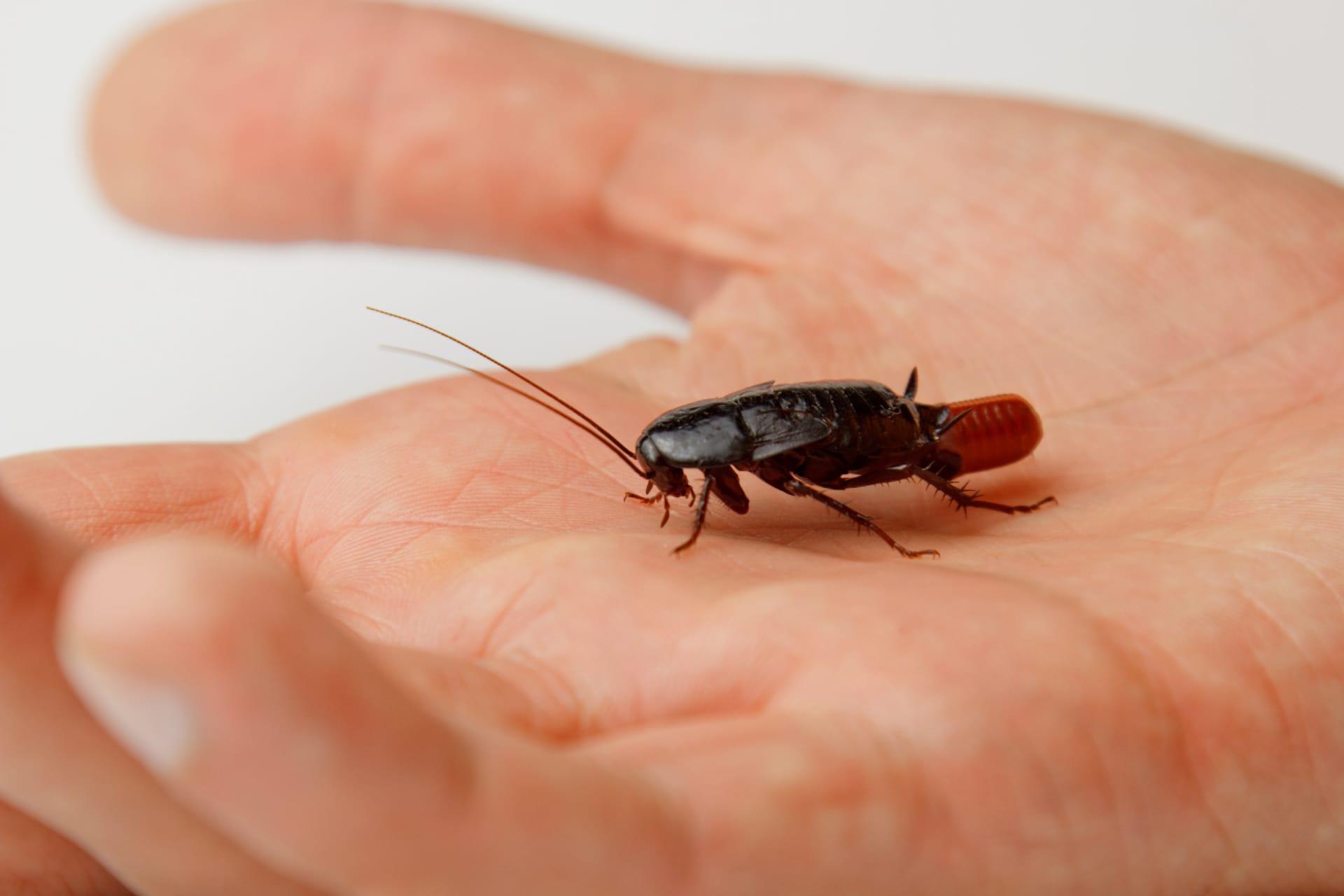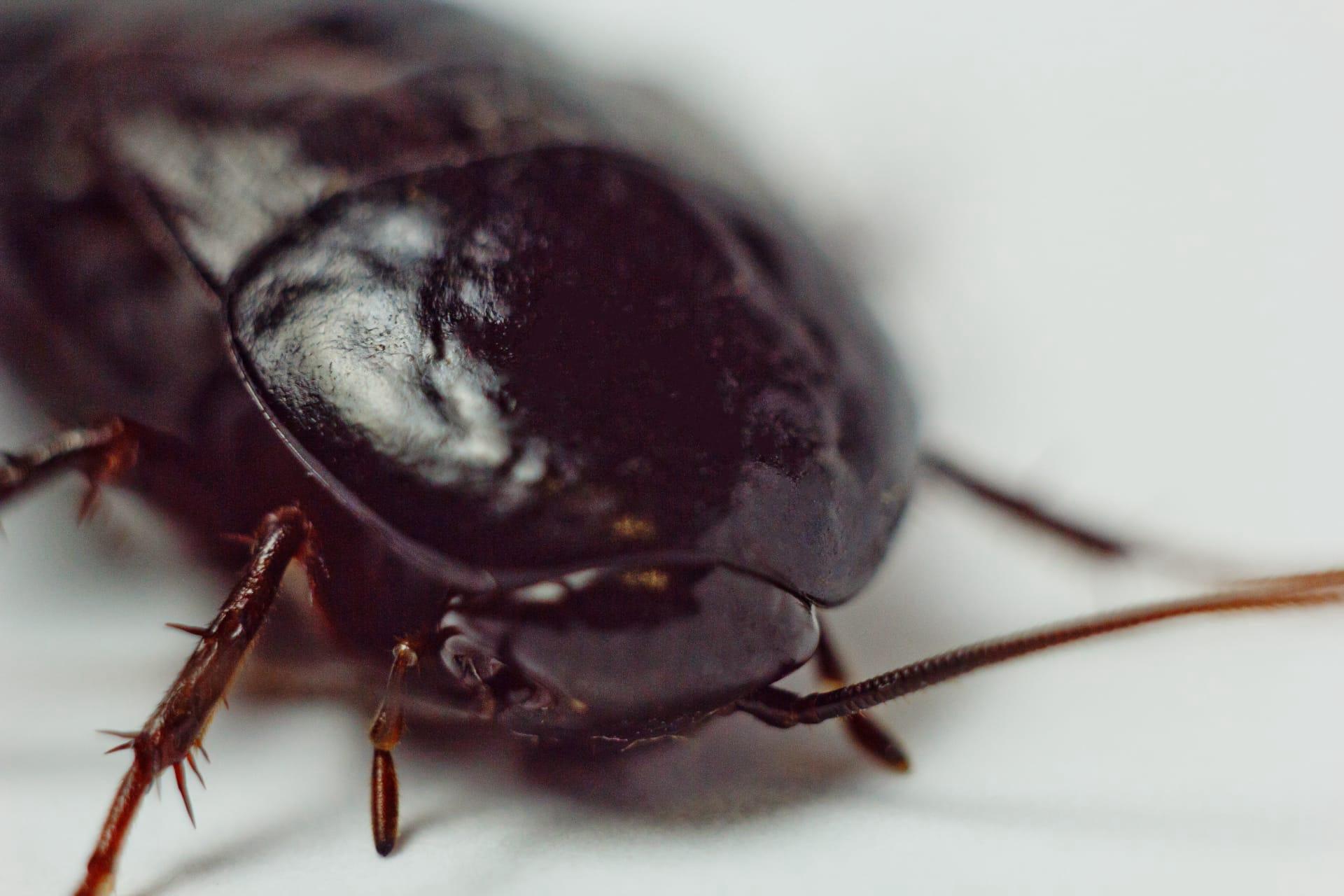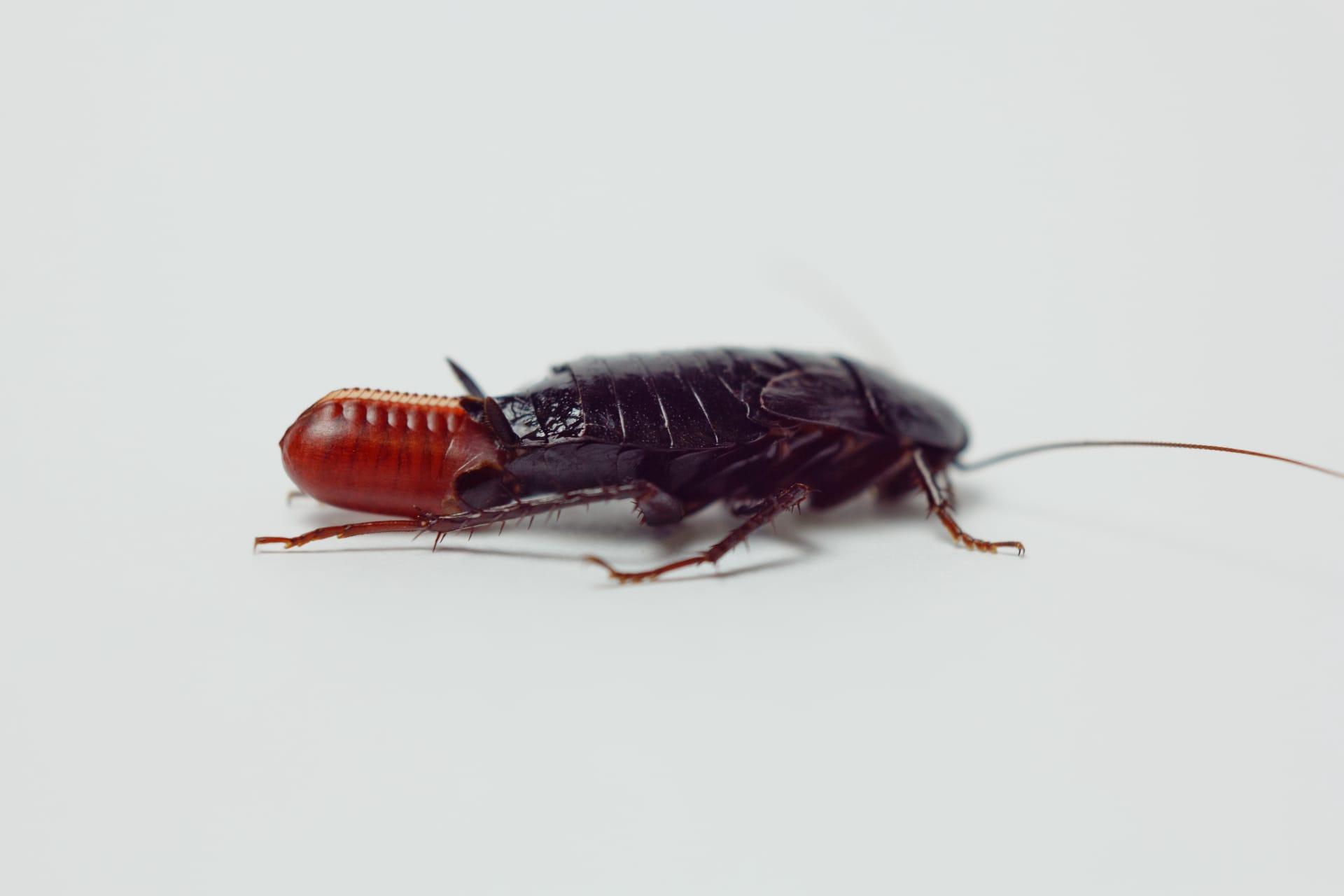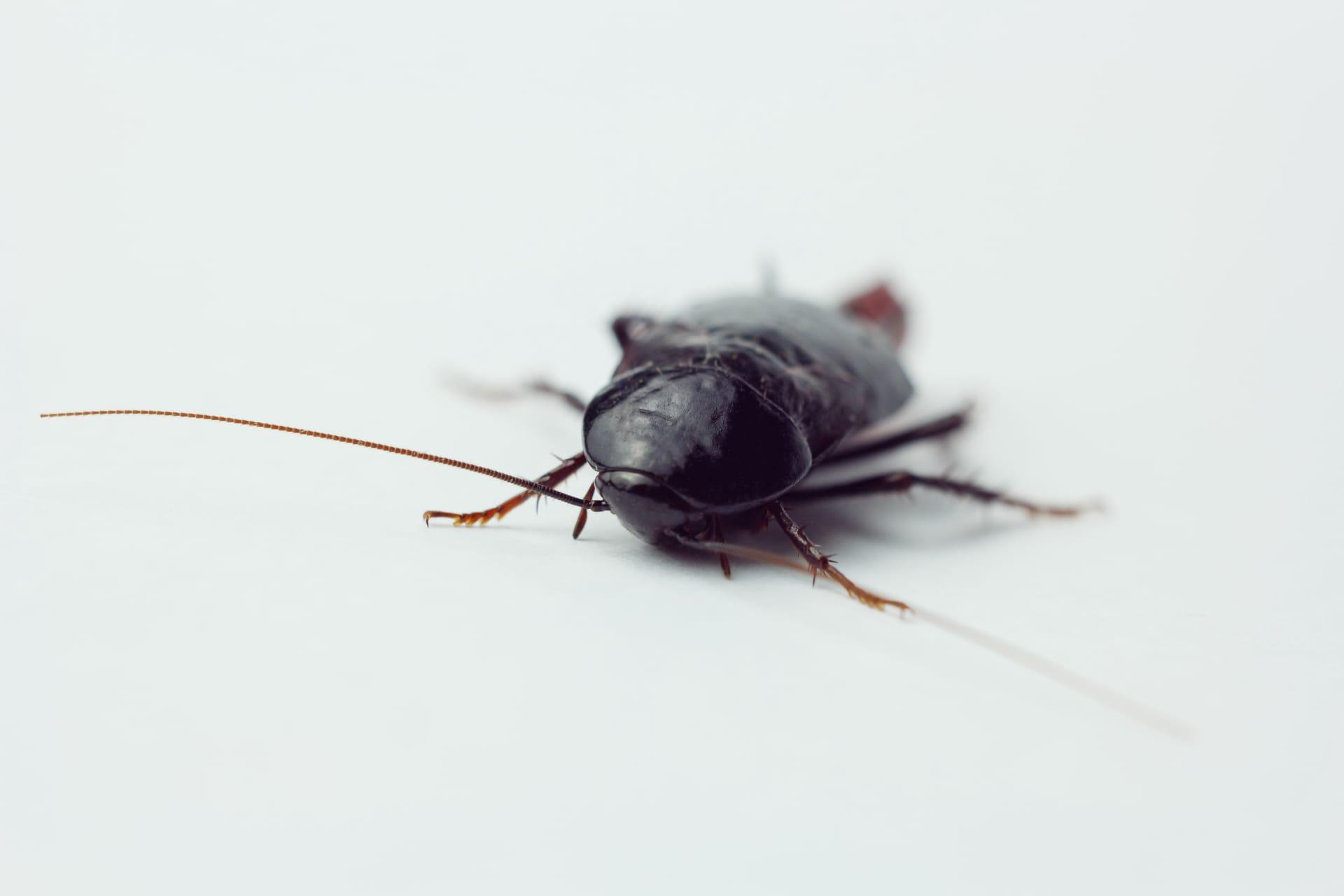Oriental Cockroach Trivia
- Home /
- Trivia Question /
- Animal /
- Oriental Cockroach Trivia
1
Question: How large can Oriental cockroaches grow, and are there noticeable differences between males and females?
Answer: Oriental cockroaches, often called 'water bugs', can reach a size of about 1 inch (2.5 cm) in length. Interestingly, males and females have distinct appearances. Males are smaller and have wings covering about three-quarters of their body, while females are larger, with short, useless wings that don't cover their broad, rounded bodies.
Question: What is the typical lifespan of an Oriental cockroach, and how does it affect their population in urban environments?
Answer: The lifespan of Oriental cockroaches varies, but on average, they live for about 1 to 1.5 years. They thrive in urban areas due to the abundance of food and shelter. Their life cycle includes three stages: egg, nymph, and adult, with the nymph stage lasting from 6 to 18 months. This relatively long lifespan and adaptable developmental cycle contribute to their resilience and growing populations in cities.

2
Question: Is it true that Oriental cockroaches can survive without food for a month?
Answer: Yes, it's true. Oriental cockroaches can survive for up to a month without food, but they can't survive more than two weeks without water. This impressive survival skill highlights their adaptability, which makes them persistent pests in various environments.
Question: Do Oriental cockroaches spread diseases, or is that just a common misconception?
Answer: Unfortunately, it's not a misconception. Oriental cockroaches are known carriers of various bacteria and pathogens, including E. coli and Salmonella. They can contaminate food and surfaces in homes, thus posing a significant health risk. Their habit of moving from sewers and drains to human habitats contributes to this risk.

3
Question: How do Oriental cockroaches communicate with each other, and do they exhibit any social behavior?
Answer: Oriental cockroaches communicate primarily through chemical signals known as pheromones. These pheromones are crucial for mating and aggregating behaviors. While not social in the same way as ants or bees, they do tend to gather in large numbers, which can be seen as a basic form of social behavior.
Question: Are Oriental cockroaches good climbers, and what surfaces can they scale?
Answer: Oriental cockroaches are not particularly adept climbers. They struggle to climb smooth, vertical surfaces like glass or polished metal. However, they can climb rougher surfaces like wood or brick. This limitation in their climbing ability can affect where they are found in human dwellings, often relegating them to lower floors and basements.

4
Question: What are the primary food sources for Oriental cockroaches, and how do they affect their habitat choice?
Answer: Oriental cockroaches are omnivorous scavengers. They primarily feed on decaying organic matter, but will eat almost anything, including food scraps, garbage, and even book bindings. This diet preference drives them to dwell in damp, dark places like sewers, drains, basements, and crawl spaces, where such food sources are abundant.
Question: How do Oriental cockroaches withstand cold temperatures, and does this affect their geographic distribution?
Answer: Oriental cockroaches are known for their ability to tolerate lower temperatures compared to other cockroach species. They can survive in near-freezing conditions, which is why they are often found in colder, damp environments. This cold tolerance allows them to inhabit a broader range of climates, making them a common pest in many regions, including temperate zones.

5
Question: What is the reproductive rate of Oriental cockroaches, and how does it impact infestation rates?
Answer: Female Oriental cockroaches can produce up to eight egg cases in their lifetime, with each case containing about 16 eggs. However, their slower development and lower reproduction rate compared to other species mean infestations grow more gradually. Despite this, once established, their populations can be hard to control due to their resilient nature.
Question: Do Oriental cockroaches have any natural predators, and how do these predators affect their population?
Answer: Yes, Oriental cockroaches have several natural predators, including birds, rodents, and larger insects like centipedes and spiders. These predators can help control cockroach populations in the wild. However, in urban environments, where natural predators are less common, cockroach populations can thrive with fewer natural checks on their growth.